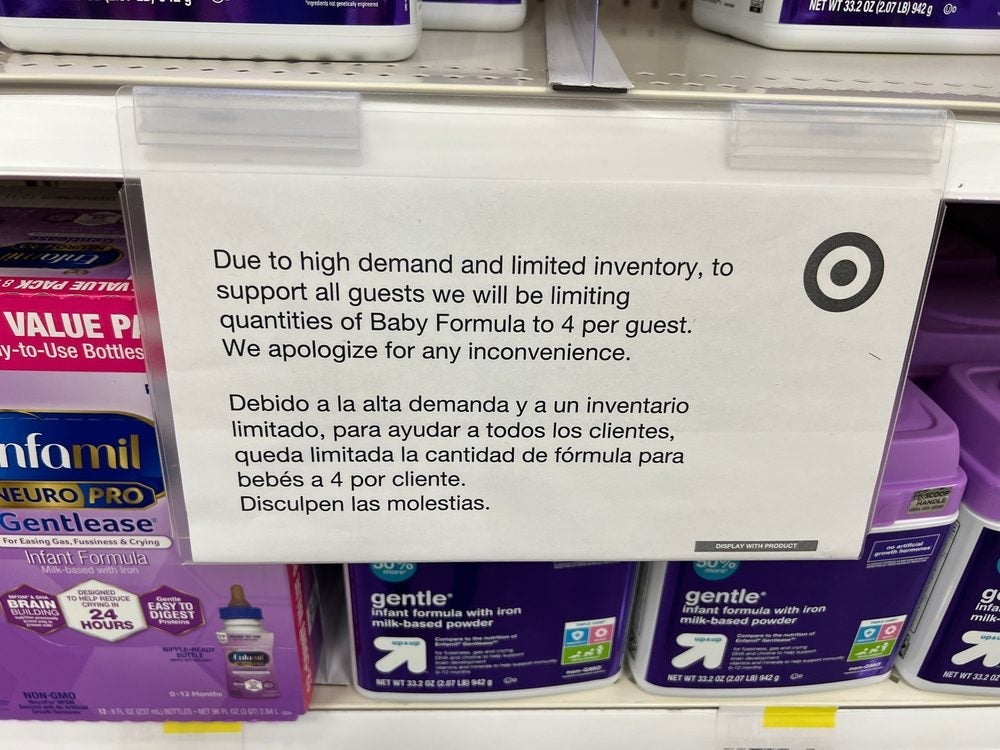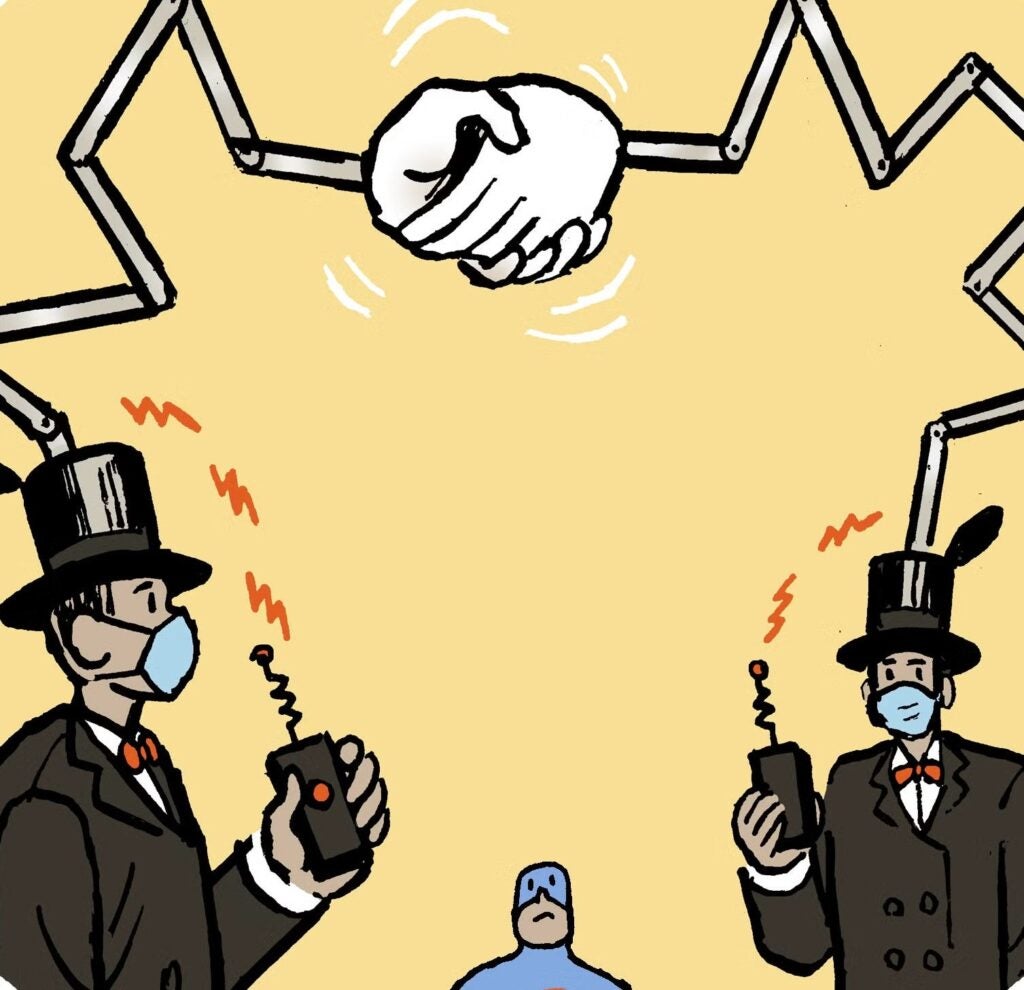
Want more success in B2B marketing? Start thinking like a B2C marketer.
Far too often, B2B marketers mistake customers for a business. To influence customers’ purchase decisions, B2B marketers don’t typically imbue any of the personal and emotional qualities that consumer marketers understand so well. As a result, we see too many boring whitepapers, stale websites, and dry content that no one wants to read.
B2B marketers have to understand who the person is behind the business walls, what they care about, and their needs. The customer isn’t some inanimate entity. There’s a real person on the other end of the line.
Spot the problems in B2B marketing
There are many things B2B marketers do that you’d rarely see in B2C marketing—things like sending a cold sales email that says, “Can I get five minutes of your time?” This is the equivalent of robo telemarketing calls in B2C.
There’s also too much control over information—B2B marketers with the attitude of “I won’t tell you the price of this product unless you talk to me in depth.” Imagine walking into a retail store and the staff saying: “We can’t give you a price unless you share your buying habits, tell us you’re interested, and confirm you have the budget to buy our products.”
B2B marketers often create barriers to selling their products because they believe only qualified businesses deserve more information. Sure, B2B marketers can only invest certain resources into prospects who are well-qualified, but we shouldn’t create so many impediments for customers making purchase decisions. That only makes B2B consumers not want to buy from you.
Four B2C tactics to apply to B2B
As B2B marketers, we can adopt some B2C approaches to up our game and better serve our customers.
1. Get to know your customers based on demographics, not just firmographics.
In B2B, marketers often define customer segments and personas based on firmographics, but the personas within those segments need to include demographic data as well. We have to get to know our customers as people by understanding their roles and helping them accomplish what they need professionally and personally. B2C does a good job of understanding the customer, why they buy, and what they’re getting out of it. In B2B, we typically only talk about business value. We rarely attempt to get to know the person at a level that goes beyond their job. B2B can do a much better job of that.
2. Avoid lazy, robo-calling marketing efforts.
Best-in-class B2C marketing avoids robo-calling and blasting, “Are you the right person?” emails. That’s just lazy marketing. Because B2B marketers view the customer as an entity, not a person, they don’t calculate the brand damage this causes. Meanwhile, B2C marketers are creating brands customers want to be connected to because they have great products, great experiences, or they stand for something they care about. Excluding a handful of brands, B2B does not do that well and should take a page from the B2C playbook to communicate better with customers. And by customers, I again mean people.
3. Measure outcomes, not just clicks.
In B2C, you’ll often find marketers measuring outcomes. For example, TripAdvisor sends an email for a trip to Hawaii, the customer clicks on it, and then makes a booking. That’s a linear transaction driven by marketing efforts. That normally doesn’t happen in B2B, where customers see an ad, click on it, and buy it immediately. So, understanding value in marketing is more difficult. But every B2B business should have a model in place to measure marketing outcomes, such as how you’re influencing customers. Instead of measuring clicks and leads, measure the path to revenue and understand how many people you’ve influenced from your key accounts over a given period of time. There’s no one-size-fits all model, so marketers have to understand what makes the most sense for their business.
4. Get more creative on social media.
When it comes to social media, it’s fair to say that B2C marketers generate more interesting, entertaining, and fun content that customers want to engage with, even when they’re not in a buying cycle. Think about Wendy’s, they’re not just selling their burger, but rather an experience with their brand through humor and light-hearted banter with their competitors. In B2B, we often see self-serving case studies and product information on social media. Rarely do you see content that highlights a company’s culture, speaks to industry trends, or is just simply entertaining. But there’s still tremendous value in activating B2B customers that way. Some B2B brands like Adobe already do this well by taking their content beyond their products.
Ultimately, because B2B marketers think of their customers as inhuman entities, and not real people, they often to fail to activate their brands and influence their customers. That can change if B2B takes a more B2C approach and actually engages with the humans behind the corporate banners.
Sanjay Castelino is vice president of marketing at Spiceworks.
Related Articles:
Creating B2B Content That Connects
The Real Differences Between B2B and B2C Marketing
The Top 10 B2B & Martech Articles of 2017
 Network
Network

